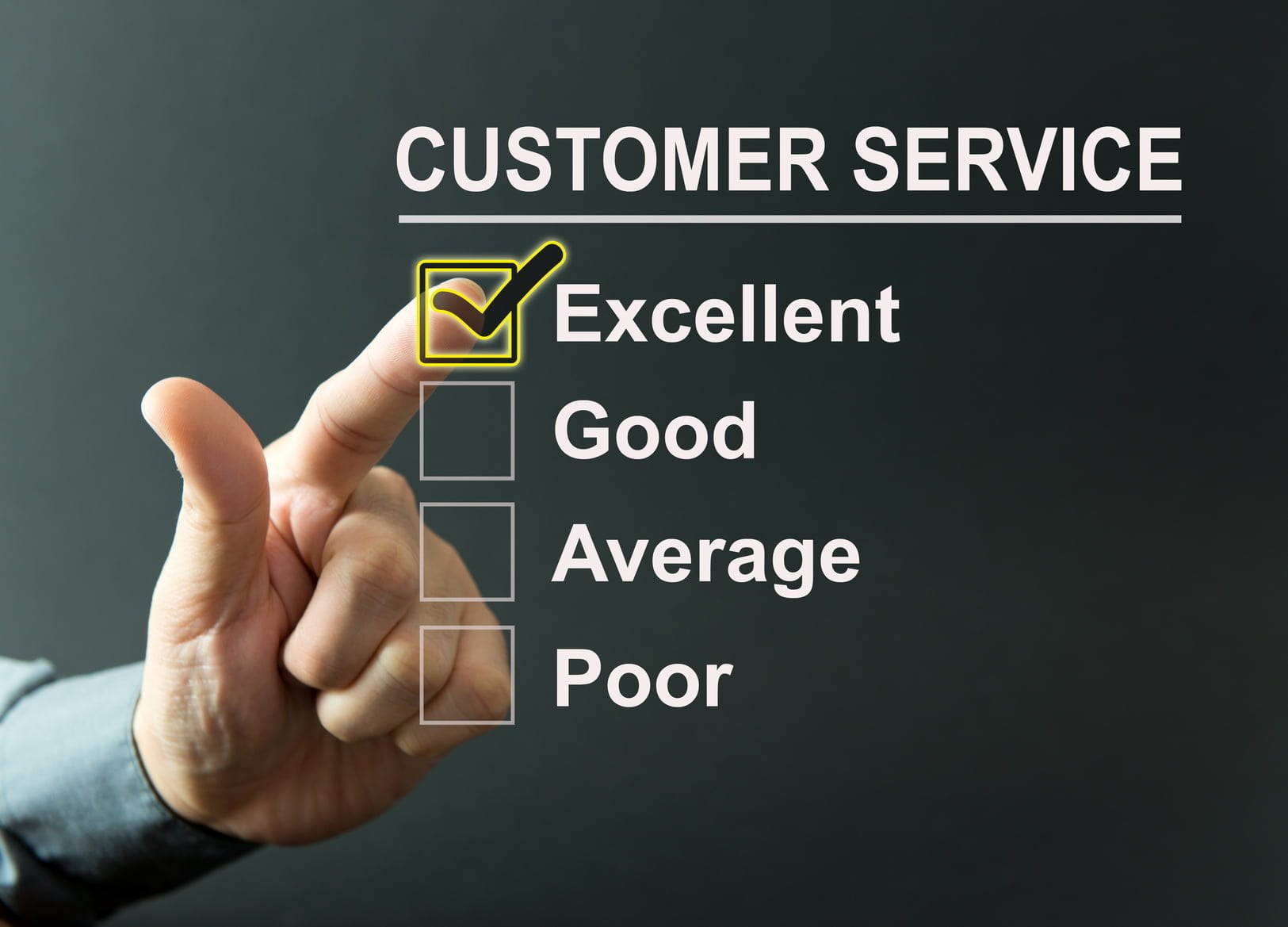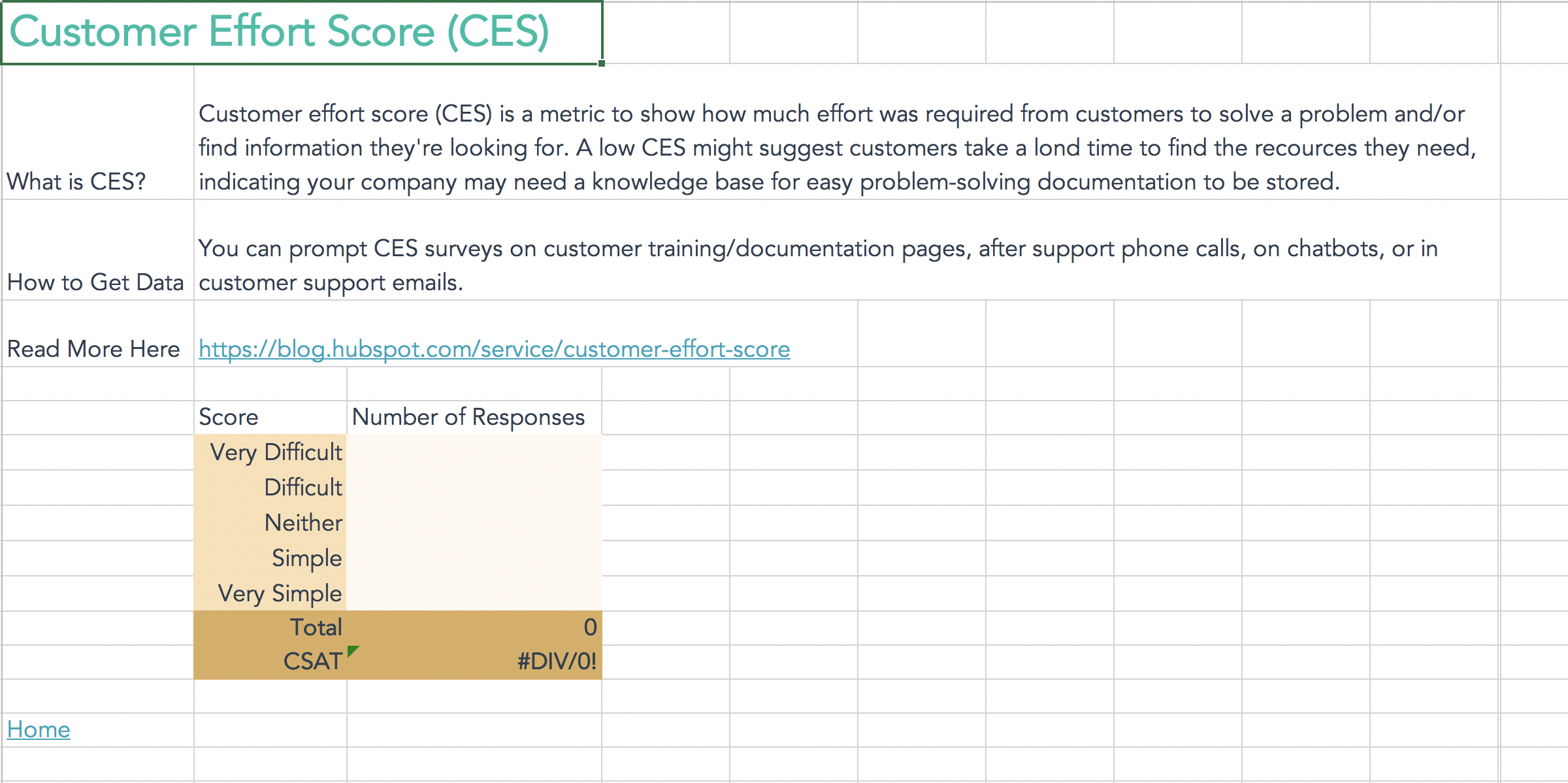Exceptional customer service has become the cornerstone of successful businesses, and the "5/3 customer service" model is revolutionizing how companies interact with their clients. This approach emphasizes delivering consistent, high-quality service in every interaction, ensuring customer satisfaction and loyalty. In today’s competitive market, businesses must go beyond basic service to create memorable experiences. By adopting the 5/3 customer service framework, organizations can build trust, enhance engagement, and drive long-term success. Whether you're a small business or a large corporation, understanding this model can transform your customer relationships and set you apart from the competition.
In an era where customer expectations are higher than ever, providing top-notch service is no longer optional—it’s essential. The 5/3 customer service model focuses on delivering personalized, efficient, and empathetic interactions. This approach not only addresses immediate customer needs but also builds lasting connections. By prioritizing communication, problem-solving, and follow-up, businesses can ensure that every customer feels valued and heard. This article will delve into the principles of 5/3 customer service, offering actionable insights and strategies to implement this model effectively.
As we explore the intricacies of 5/3 customer service, we’ll uncover the key elements that make it a game-changer in the business world. From understanding customer behavior to leveraging technology for seamless interactions, this guide will equip you with the tools needed to excel in customer service. Whether you’re a customer service professional, a business owner, or someone looking to improve their service skills, this article is designed to provide valuable insights and practical advice to help you succeed.
Read also:How To Address Your Concerns The Mcdonalds Corporate Number For Complaints
What Is the 5/3 Customer Service Model?
The 5/3 customer service model is a strategic framework designed to enhance customer satisfaction and foster loyalty. At its core, this approach emphasizes delivering exceptional service in five key areas: communication, empathy, problem-solving, follow-up, and feedback. Each of these elements plays a crucial role in creating a positive customer experience. Additionally, the "3" in the model refers to the three essential outcomes businesses aim to achieve: trust, engagement, and retention. By focusing on these elements, companies can build stronger relationships with their customers and drive long-term success.
Why Is 5/3 Customer Service Important?
In today’s fast-paced world, customers have numerous options at their fingertips. To stand out in such a competitive environment, businesses must prioritize customer service. The 5/3 customer service model offers a structured approach to delivering exceptional service, ensuring that every interaction leaves a lasting impression. This model helps businesses not only meet customer expectations but exceed them, fostering trust and loyalty. By implementing the 5/3 framework, organizations can differentiate themselves from competitors and create a reputation for excellence.
How Can Businesses Implement 5/3 Customer Service?
Implementing the 5/3 customer service model requires a clear understanding of its principles and a commitment to continuous improvement. Businesses should start by training their staff in effective communication, empathy, and problem-solving techniques. Additionally, leveraging technology such as CRM systems and customer feedback tools can streamline processes and enhance service delivery. Regularly reviewing and refining service strategies based on customer feedback is also essential. By following these steps, businesses can successfully integrate the 5/3 model into their operations and reap its benefits.
Is the 5/3 Model Right for Your Business?
While the 5/3 customer service model offers numerous advantages, it may not be suitable for every business. Companies must assess their unique needs and challenges to determine if this approach aligns with their goals. For instance, businesses with a strong focus on customer satisfaction and retention are likely to benefit significantly from the 5/3 framework. On the other hand, organizations with limited resources or those in industries with lower customer interaction may need to adapt the model to fit their specific circumstances. Careful evaluation and planning are key to determining the suitability of the 5/3 model for your business.
What Are the Benefits of 5/3 Customer Service?
Adopting the 5/3 customer service model can yield numerous benefits for businesses. Firstly, it enhances customer satisfaction by addressing their needs in a timely and effective manner. Secondly, it fosters trust and loyalty, encouraging customers to return and recommend the business to others. Additionally, the model promotes employee development by emphasizing skills such as communication and problem-solving. By implementing the 5/3 framework, businesses can improve their overall performance and achieve sustainable growth. These advantages make the 5/3 model an attractive option for organizations looking to elevate their customer service standards.
Can the 5/3 Model Be Customized?
Yes, the 5/3 customer service model can be customized to suit the specific needs of different businesses. While the core principles remain the same, companies can tailor the implementation process to align with their industry, customer base, and operational structure. For example, a retail business might focus on in-store interactions, while an online platform could prioritize digital communication. Customizing the 5/3 model ensures that businesses can effectively address their unique challenges and capitalize on their strengths. This flexibility makes the model adaptable to a wide range of industries and scenarios.
Read also:Emmy Awards 2024 Your Ultimate Countdown To Televisions Biggest Night
Key Elements of 5/3 Customer Service
The 5/3 customer service model is built on five fundamental elements: communication, empathy, problem-solving, follow-up, and feedback. Each of these components plays a critical role in delivering exceptional service. Effective communication ensures that customers understand their options and feel heard. Empathy allows businesses to connect with customers on a personal level, while problem-solving addresses their immediate concerns. Follow-up demonstrates commitment to resolving issues, and feedback provides valuable insights for improvement. Together, these elements form the foundation of the 5/3 model, enabling businesses to create meaningful customer experiences.
How Does Feedback Impact 5/3 Customer Service?
Feedback is a crucial component of the 5/3 customer service model, as it allows businesses to continuously improve their service offerings. By actively seeking and analyzing customer feedback, organizations can identify areas for enhancement and implement targeted solutions. This process not only addresses existing issues but also prevents potential problems from arising. Moreover, feedback fosters a culture of transparency and accountability, encouraging employees to take ownership of their roles in delivering exceptional service. Incorporating feedback into the 5/3 framework ensures that businesses remain responsive to customer needs and expectations.
Challenges in Implementing 5/3 Customer Service
While the 5/3 customer service model offers numerous benefits, its implementation can present challenges. One common obstacle is resistance to change, as employees may be reluctant to adopt new practices. Additionally, businesses may face difficulties in balancing the demands of the model with their existing operations. Limited resources, such as time and budget constraints, can also hinder successful implementation. To overcome these challenges, organizations must provide adequate training, support, and resources to ensure a smooth transition to the 5/3 framework. Addressing these issues proactively can help businesses achieve the desired outcomes of the model.
How Can Businesses Measure the Success of 5/3 Customer Service?
Evaluating the effectiveness of the 5/3 customer service model requires a comprehensive approach. Businesses should establish clear metrics to measure customer satisfaction, trust, and loyalty. Key performance indicators (KPIs) such as Net Promoter Score (NPS), customer retention rate, and resolution time can provide valuable insights into the success of the model. Regularly reviewing these metrics allows businesses to identify areas for improvement and celebrate achievements. By monitoring the impact of the 5/3 framework, organizations can ensure that their efforts are aligned with their goals and customer expectations.
Best Practices for 5/3 Customer Service
To maximize the benefits of the 5/3 customer service model, businesses should adopt best practices in their implementation. These include:
- Providing ongoing training and development opportunities for employees
- Encouraging open communication and collaboration within teams
- Utilizing technology to streamline processes and enhance service delivery
- Actively seeking and acting on customer feedback
- Measuring and analyzing performance metrics regularly
By following these best practices, businesses can ensure that their 5/3 customer service efforts are effective and sustainable.
What Role Does Technology Play in 5/3 Customer Service?
Technology plays a vital role in the implementation of the 5/3 customer service model. Tools such as CRM systems, chatbots, and analytics platforms enable businesses to manage customer interactions more efficiently and effectively. These technologies facilitate seamless communication, automate routine tasks, and provide valuable insights into customer behavior. By leveraging technology, businesses can enhance their service offerings and deliver a more personalized experience to their customers. Incorporating technology into the 5/3 framework ensures that businesses remain competitive and responsive in today’s digital age.
Case Studies: Successful Implementation of 5/3 Customer Service
Several businesses have successfully implemented the 5/3 customer service model, achieving remarkable results. For example, a retail chain improved its customer satisfaction scores by 20% after adopting the framework. Similarly, an e-commerce platform increased its customer retention rate by 15% through enhanced communication and problem-solving strategies. These case studies highlight the potential of the 5/3 model to transform customer service practices and drive business success. By studying these examples, organizations can gain valuable insights into implementing the model effectively.
Why Should Businesses Focus on 5/3 Customer Service?
In conclusion, focusing on 5/3 customer service is essential for businesses looking to thrive in today’s competitive market. This model offers a structured approach to delivering exceptional service, fostering trust, and enhancing customer loyalty. By understanding and implementing the principles of the 5/3 framework, businesses can differentiate themselves from competitors and create a reputation for excellence. As customer expectations continue to evolve, adopting the 5/3 customer service model can position businesses for long-term success and growth.
Table of Contents
- What Is the 5/3 Customer Service Model?
- Why Is 5/3 Customer Service Important?
- How Can Businesses Implement 5/3 Customer Service?
- Is the 5/3 Model Right for Your Business?
- What Are the Benefits of 5/3 Customer Service?
- Can the 5/3 Model Be Customized?
- Key Elements of 5/3 Customer Service
- How Does Feedback Impact 5/3 Customer Service?
- Challenges in Implementing 5/3 Customer Service
- How Can Businesses Measure the Success of 5/3 Customer Service?


